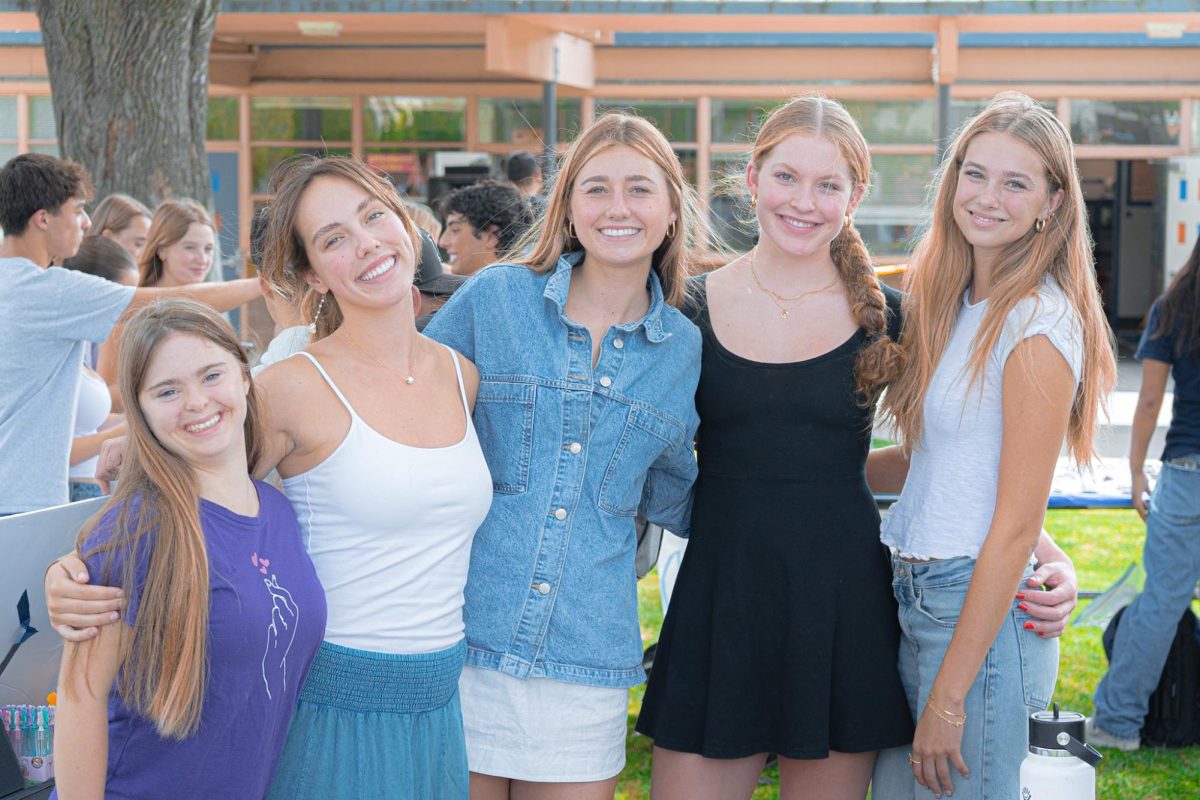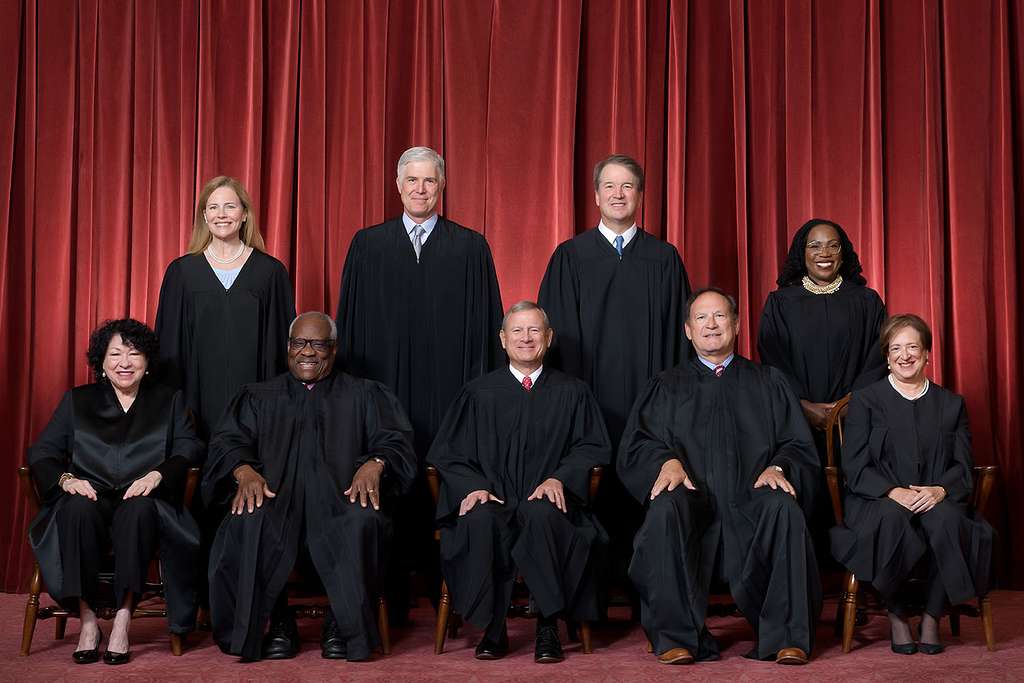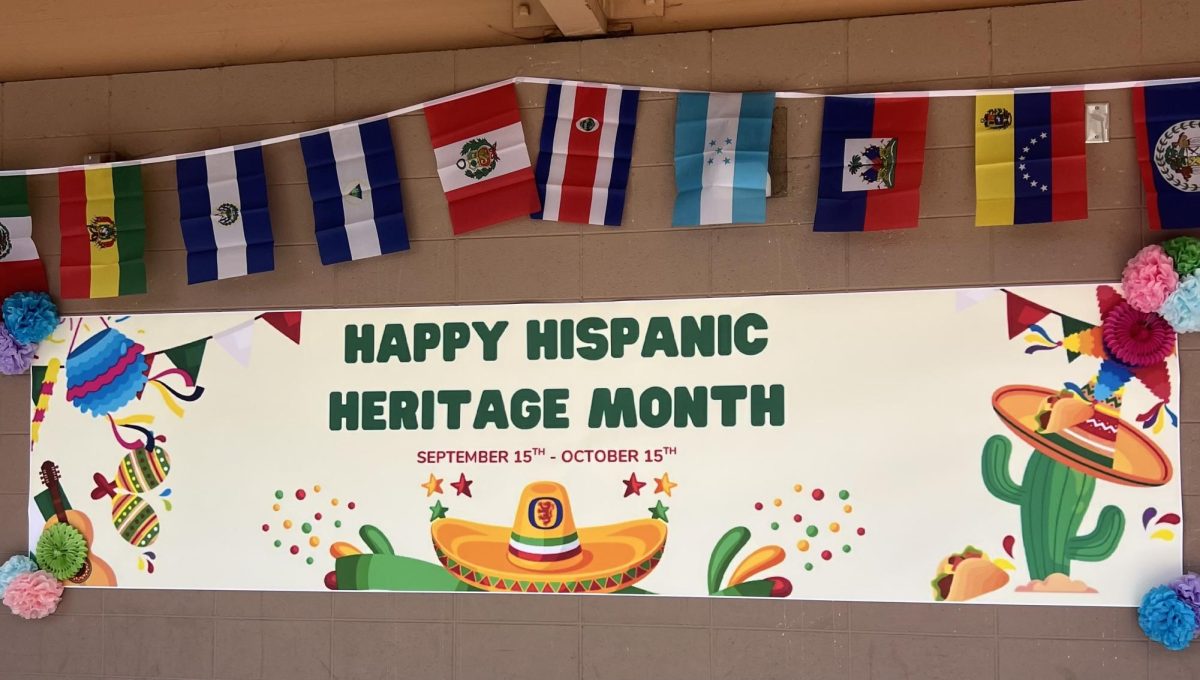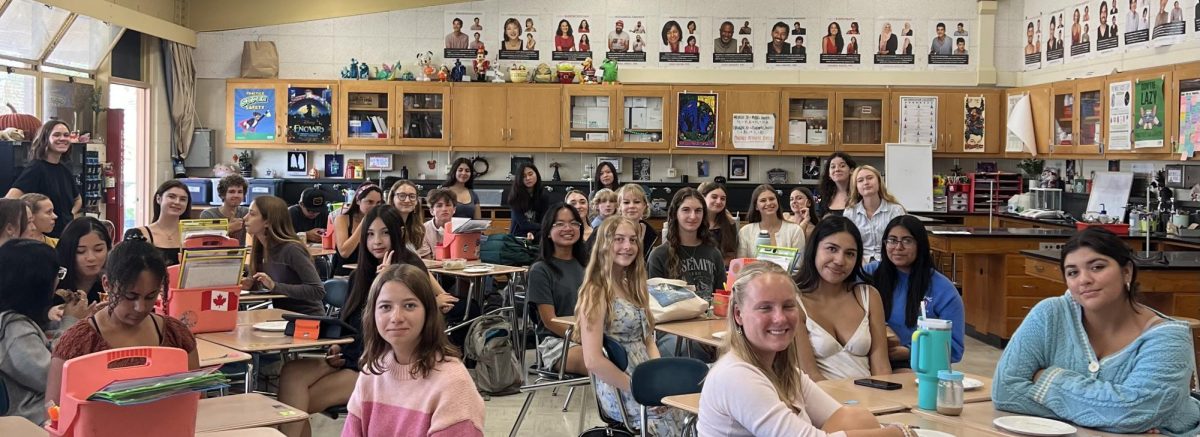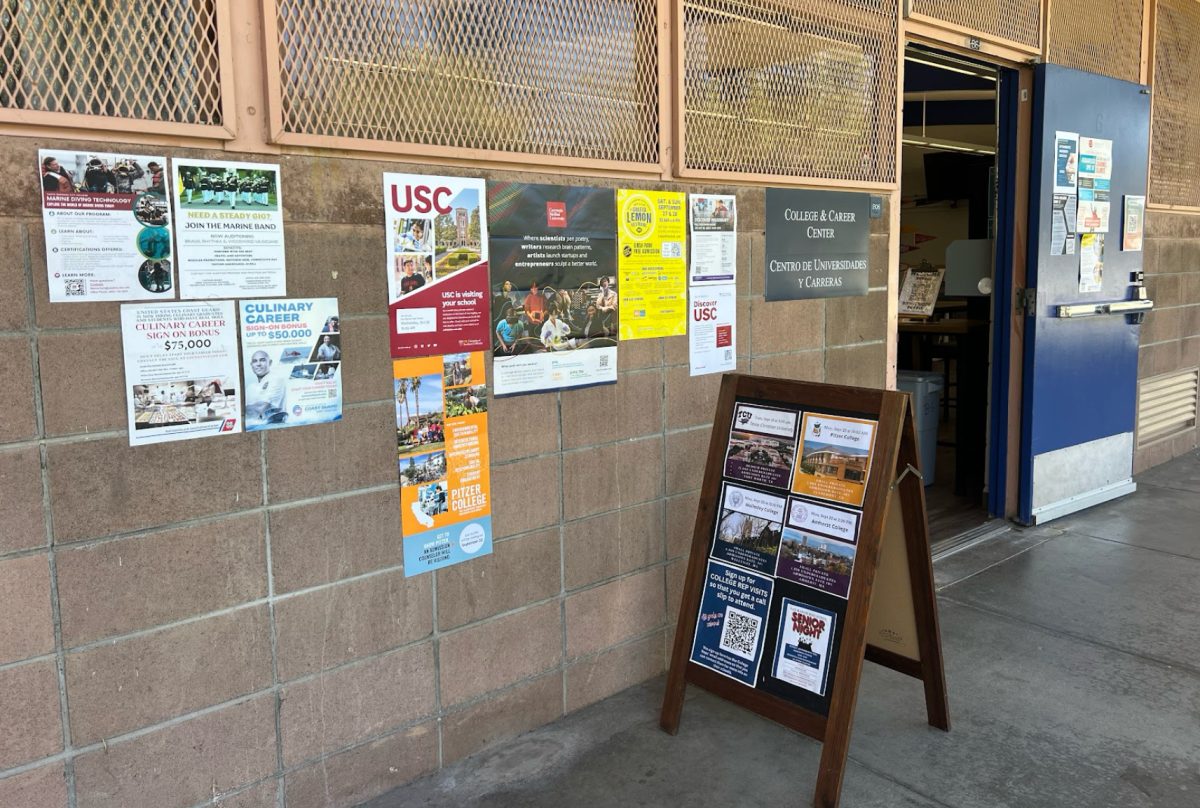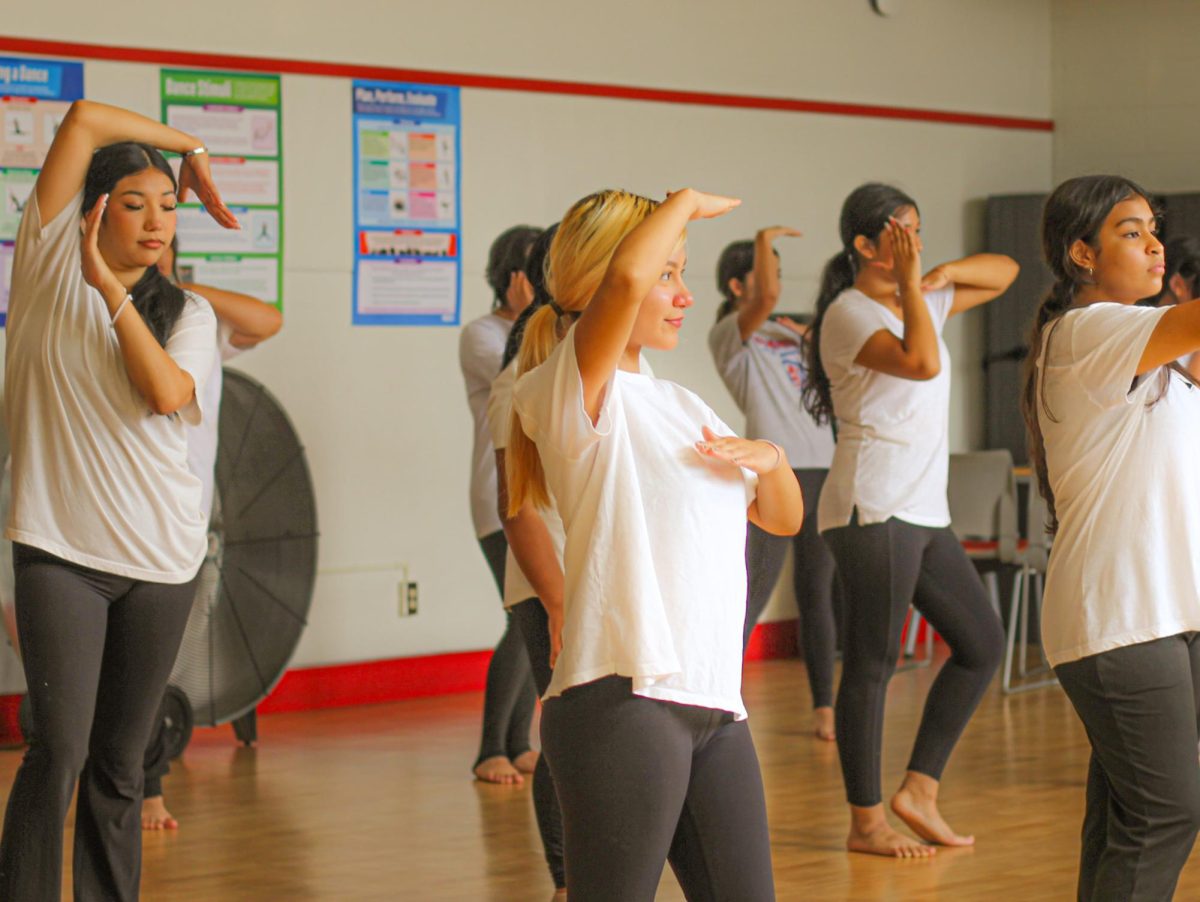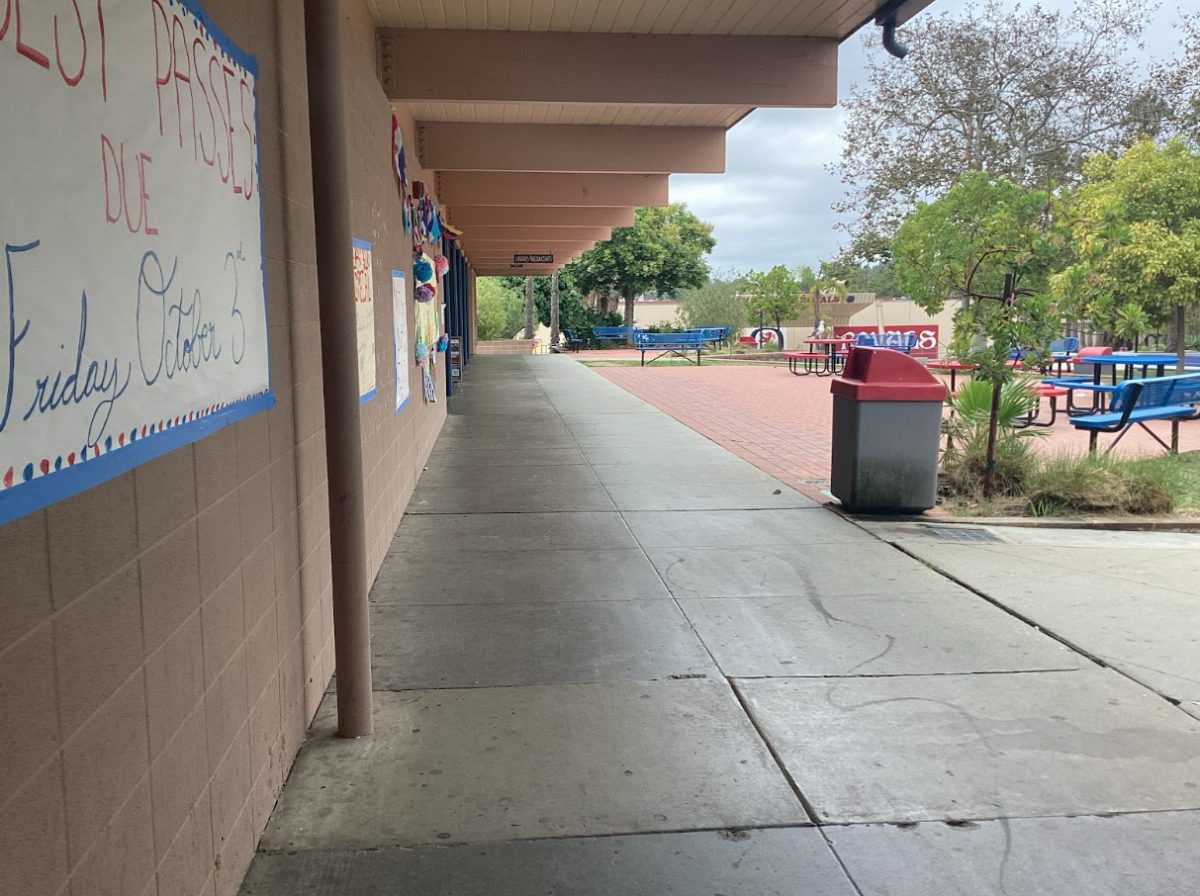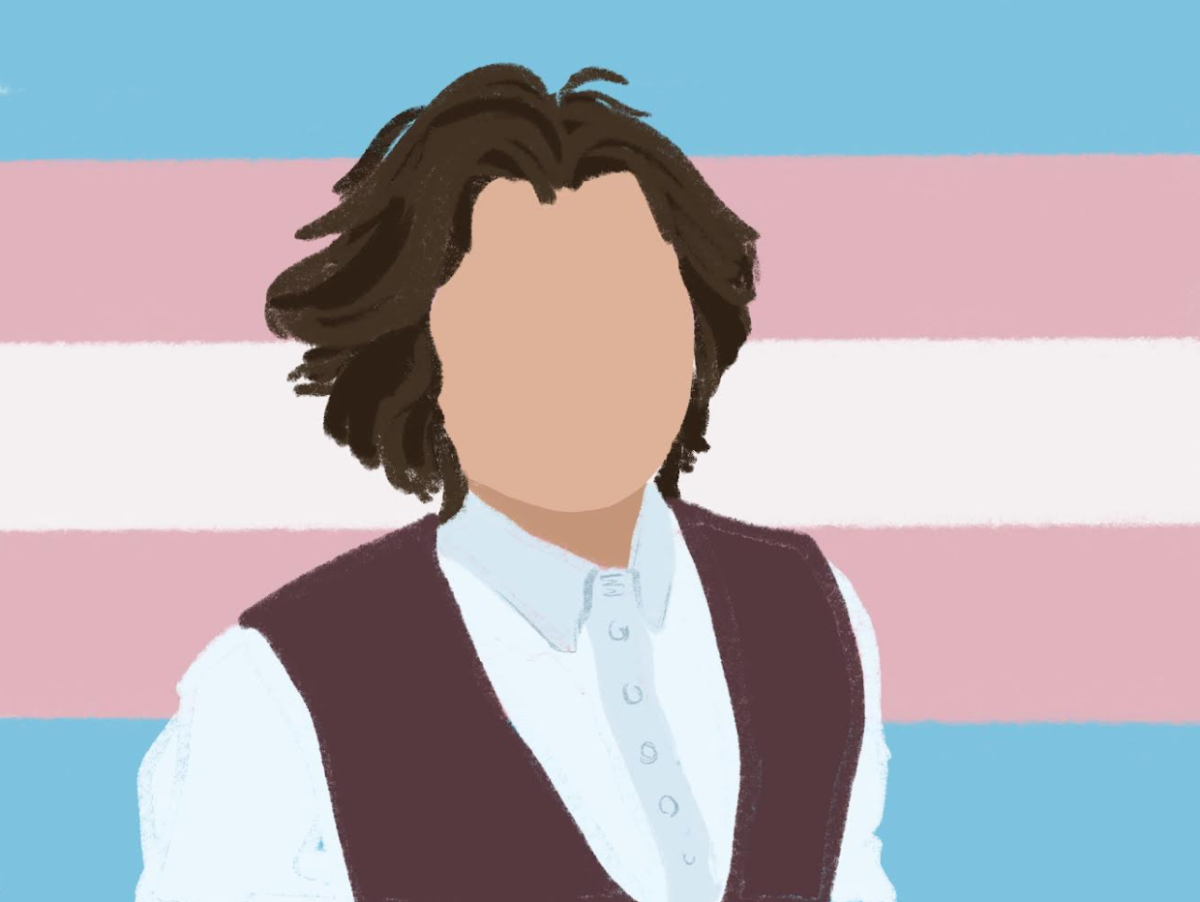What is Transgender Visibility Day?
There are 1.6 million transgender youth and adults in the United States. Those are 1.6 million children, parents, friends, and neighbors. And those are 1.6 million people targeted by hate speech and discriminatory legislation.
On March 31st, we acknowledge and recognize trans identities as a part of Transgender Visibility Day. First formed by advocate Rachel Crandall in 2010, in 2021 it was finally nationally recognized by the presidential administration and has continued to grow since then.
Why is it necessary?
On February 8th, Nex Benedict, a non-binary high school student died in an Oklahoma hospital after sustaining injuries from a targeted assault. Benedict attended Owasso High School where friends and families explained that they were often subject to bullying from other students. On February 7th, the tenth grader was attacked in a school bathroom and was admitted to a local hospital to treat their injuries. One day later, Oklahoma medics responded to a call from the Benedict household. Despite attempts to administer CPR, the 16-year-old died upon arriving at the hospital.
Transgender people, and especially transgender youth, still face rampant amounts of prejudice to this day. Benedict’s story is tragically far from the only example of hateful bigotry that the trans community has faced. In 1998, Rita Hester, a black transgender woman was stabbed in her apartment. In 2019, Dime Doe was shot in what is now the first federal trial over a gender-identity-based hate crime. The National Center of Transgender Equality found that trans students were more likely to face harassment, physical violence, and sexual assault. Not only is the transgender community often made targets of physical forms of violence, but they also face attacks from government legislation and healthcare all across the world. At least 142 bills to restrict gender-affirming healthcare were introduced this year, that’s three times as many as last year. On school campuses, spaces that affirm trans identities are difficult to find. Without individual state legislation, districts and teachers aren’t held accountable to recognize student gender identities.
However, transgender visibility day is not only about bringing attention to bigotry, it is also about celebrating trans joy and resiliency. The Human Rights Campaign has a constantly updating news feed that uplifts the achievements of transgender changemakers.
March 31st is also an important time to recognize the history and contributions of trans historical icons. Frances Thompson testified before the US Congress about the Memphis massacre in 1866. Thompson spoke out against sexual violence and fought for legislation to protect newly emancipated black women. Tamara Rees transitioned after fighting Nazi and Axis powers on the frontlines of World War II. After being pushed into the spotlight and into newspaper headlines, Rees spoke out for respect and compassion towards all transgender people like her.
What can we do on campus?
Inside the classroom, teachers need to respect trans identities. U.S. History teacher and Gender and Sexuality Alliance advisor Ms. Snyder explained how we can protect transgender students on campus.
“All educators and all adults who are interacting with students on campus should have some sort of mandatory training,” said Snyder. We have seen this kind of training implemented on school campuses in the past to address issues of racial discrimination.
Snyder then went on and said that it “gives all educators the tools and sensitivities to understand gender and sexuality.” For San Marcos teachers, a large part of the issue is not a lack of compassion or empathy towards students, but rather a lack of experience or education. We should be holding authority figures accountable for actions that undermine student affirmation, however we can at the same time equip them with the knowledge to do better.
Snyder also advises the San Marcos GSA, a club designed to provide a safe space for any queer or ally students.
“Currently the GSA is working on planning a Pride Week, which will be held from April 8th to April 12th,” said junior Shae Cogswell, vice president of the club.
“This culminates on Friday, April 12th, the National Day of Silence. Students can take a vow of silence to support how queer students have felt silenced at schools, and we’ll have a breaking the silence celebration at the end,” said Cogswell.
Students who wish to get involved in planning can stop by D-8 every other Wednesday (next meeting on April 4th), and anyone interested can participate in the National Day of Silence.
What is Visibility?
Are these kinds of celebrations or national markers actually helpful to the queer community, or an empty title?
“I think it could be more important if schools and other allies acknowledged it more. I feel like it’s widely acknowledged in the community, but it could be more helpful if it was more widely celebrated,” said Cogswell.
Even though this visibility day is only internationally recognized on March 31st, it is important for us to remember to celebrate and empower transgender identities all year round.

